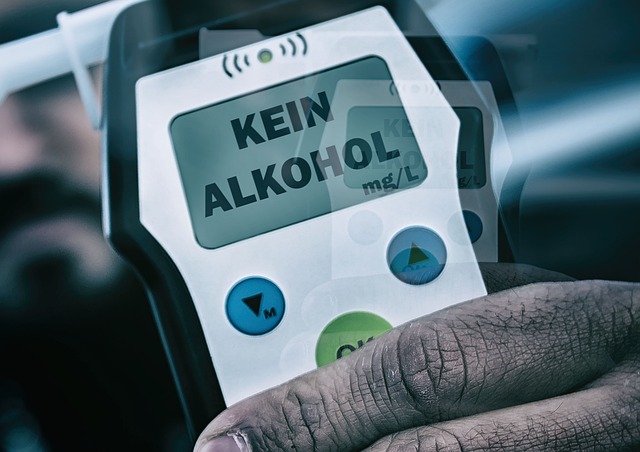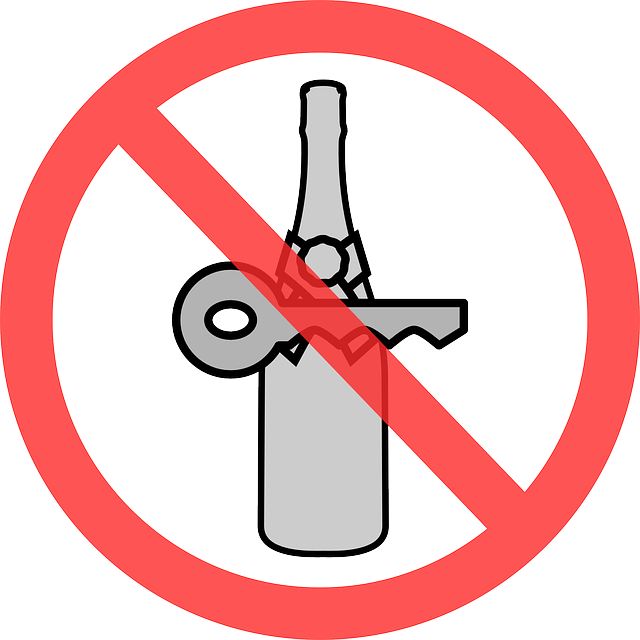DUI laws vary significantly between rural and urban areas due to differing social dynamics and enforcement priorities. Urban areas, with more resources, heavily rely on Blood Alcohol Level (BAL) testing due to higher traffic volumes and impaired driving risks. Rural communities focus on preventive measures and targeted patrols, facing challenges like limited resources, lower population densities, and remote locations, affecting BAL test accuracy. Both settings adhere to state laws establishing penalties for DUI based on BAL levels (typically 0.08% or higher), with urban areas employing advanced technologies and well-established procedures, while rural areas face accessibility and consistency issues in BAL testing. These disparities impact sentencing and legal defenses, emphasizing the need for adaptable DUI laws considering geographical differences.
In the realm of DUI legislation, a striking disparity exists between rural and urban environments. While standardized protocols govern urban settings, rural areas present unique challenges, demanding tailored approaches to DUI testing. This article offers a comprehensive overview of DUI laws, exploring how geographic location influences blood alcohol level (BAL) testing methods and subsequent legal implications. By delving into these differences, we aim to illuminate the nuances that shape outcomes in rural vs. urban DUI cases.
- Understanding DUI Laws: A Comprehensive Overview
- Rural Areas: Unique Considerations for DUI Testing
- Urban Settings: Standardized Blood Alcohol Level Protocols
- Blood Alcohol Level Testing Methods: How They Differ Between Settings
- Legal Implications and Defense Strategies in Rural vs Urban DUI Cases
- The Impact of Geographic Location on DUI Penalties and Sentencing
Understanding DUI Laws: A Comprehensive Overview

DUI laws vary significantly between rural and urban areas, reflecting differing social dynamics and enforcement priorities. Understanding these nuances is paramount for drivers across all landscapes. At their core, DUI (Driving Under the Influence) laws aim to protect public safety by deterring individuals from operating vehicles while impaired. A key component of this enforcement is blood alcohol level (BAL) testing, which measures the concentration of alcohol in a driver’s system.
In urban areas, where law enforcement resources are generally more abundant, BAL testing may be more frequently employed due to higher rates of traffic and potential for impaired driving. In contrast, rural communities often focus on preventive measures and targeted patrols. However, both environments adhere to legal standards established by state laws, with penalties ranging from fines and license suspension to potential jail time based on BAL levels—typically 0.08% or higher in most jurisdictions.
Rural Areas: Unique Considerations for DUI Testing

In rural areas, law enforcement faces unique challenges when it comes to DUI (driving under the influence) testing due to factors such as limited resources, lower population densities, and often more remote locations. These circumstances can make Blood Alcohol Level (BAL) testing more complex. One of the primary considerations is ensuring prompt administration of BAL tests, as rural communities may have longer response times for emergency services. This urgency is crucial because blood alcohol levels can fluctuate over time, potentially affecting the accuracy of test results.
Additionally, in remote rural settings, there might be fewer options for specialized testing equipment and trained personnel. Law enforcement officers must therefore rely on portable breathalyzer devices or transport suspects to centralized testing facilities, both of which require careful coordination. These logistical challenges underscore the importance of proactive measures to prevent DUI incidents in rural areas, where resources may not always be readily available.
Urban Settings: Standardized Blood Alcohol Level Protocols

In urban settings, DUI laws often adhere to standardized blood alcohol level (BAL) protocols, ensuring consistent enforcement across the metro. These protocols typically set a legal limit for BAL at 0.08% for individuals over 21 years old. Law enforcement agencies in bustling cities employ advanced breathalyzer technologies and field sobriety tests to accurately measure and detect impairment levels. Urban areas, with their high concentration of licensed drivers and frequent traffic stops, have well-established procedures for handling DUI cases, making it easier for both law enforcement and legal professionals to navigate these regulations.
Standardized BAL protocols play a crucial role in maintaining public safety in urban environments where the density of drivers and potential risks are higher. This consistency allows for fairer prosecution and defense strategies, ensuring that all individuals face equitable consequences or benefits under the law.
Blood Alcohol Level Testing Methods: How They Differ Between Settings

In rural and urban settings, Blood Alcohol Level (BAL) testing methods differ significantly due to varying factors like accessibility and population density. In urban areas, where law enforcement agencies have easier access to advanced technology, more sophisticated testing equipment is commonly used. This includes breathalyzer devices that are regularly calibrated and maintained, ensuring accurate readings. Additionally, urban centers often have well-established labs with trained personnel for conducting blood tests, providing a robust framework for DUI (Driving Under the Influence) enforcement.
In contrast, rural regions face unique challenges due to limited resources. Here, law enforcement might rely more on field sobriety tests as breathalyzers may be fewer and less frequently calibrated. Blood testing in rural areas could involve longer transportation times to nearby labs, potentially increasing the risk of sample degradation or contamination. As a result, accuracy in BAL testing might vary, emphasizing the need for flexible and adaptable DUI laws that consider these geographical disparities.
Legal Implications and Defense Strategies in Rural vs Urban DUI Cases

In rural areas, DUI cases often present unique legal challenges. With lower population densities and fewer law enforcement resources, there may be less frequent patrols and reduced visibility, leading to potentially higher rates of alcohol-impaired driving. As a result, officers in these regions might focus more on preventive measures and public awareness campaigns rather than active patrol. This shift can impact the availability of evidence, such as blood alcohol level (BAL) testing data, which is crucial for prosecution. Defendants in rural DUI cases may leverage this by arguing that law enforcement had ample opportunities to stop them but chose not to, potentially raising doubts about the validity of any BAL tests.
In contrast, urban areas boast dense populations and well-equipped law enforcement departments, making it easier to conduct frequent patrols and catch impaired drivers. This increased scrutiny can lead to a wealth of evidence, including multiple officer observations, roadside breathalyzer tests, and readily available BAL test results from hospitals or emergency rooms. Urban defendants may find their cases more challenging when it comes to defense strategies, as the onus is often on them to prove their innocence. Legal defenses in these settings could include challenging the admissibility of evidence, questioning the calibration of testing devices, or arguing that the stop itself was illegal, thereby undermining the prosecution’s case.
The Impact of Geographic Location on DUI Penalties and Sentencing

In rural areas, where populations are typically smaller and more spread out, DUI laws may be enforced differently compared to urban centers. The impact of geographic location on DUI penalties can result in varied sentencing due to several factors. One key difference is the availability and accessibility of resources for law enforcement agencies. Rural communities might have fewer officers or limited access to advanced testing equipment, such as breathalyzer devices, which could influence how and when drivers are tested.
Consequently, blood alcohol level testing procedures may be less stringent in rural settings, potentially leading to stricter penalties for urban offenders who face well-equipped law enforcement with sophisticated testing methods. This disparity underlines the importance of understanding local laws and regulations when navigating different regions, especially regarding DUI offenses.
In conclusion, the disparities between rural and urban DUI laws highlight the importance of understanding local regulations. While urban areas enforce standardized blood alcohol level (BAL) protocols, rural regions face unique challenges, such as limited testing resources and different geographical considerations. These variations significantly impact legal implications, defense strategies, and sentencing. Knowledge of these differences is crucial for both individuals navigating legal processes and law enforcement ensuring fair and consistent application of DUI laws across diverse landscapes. Effective implementation of BAL testing methods tailored to each setting can foster a safer driving environment, regardless of urban or rural location.






